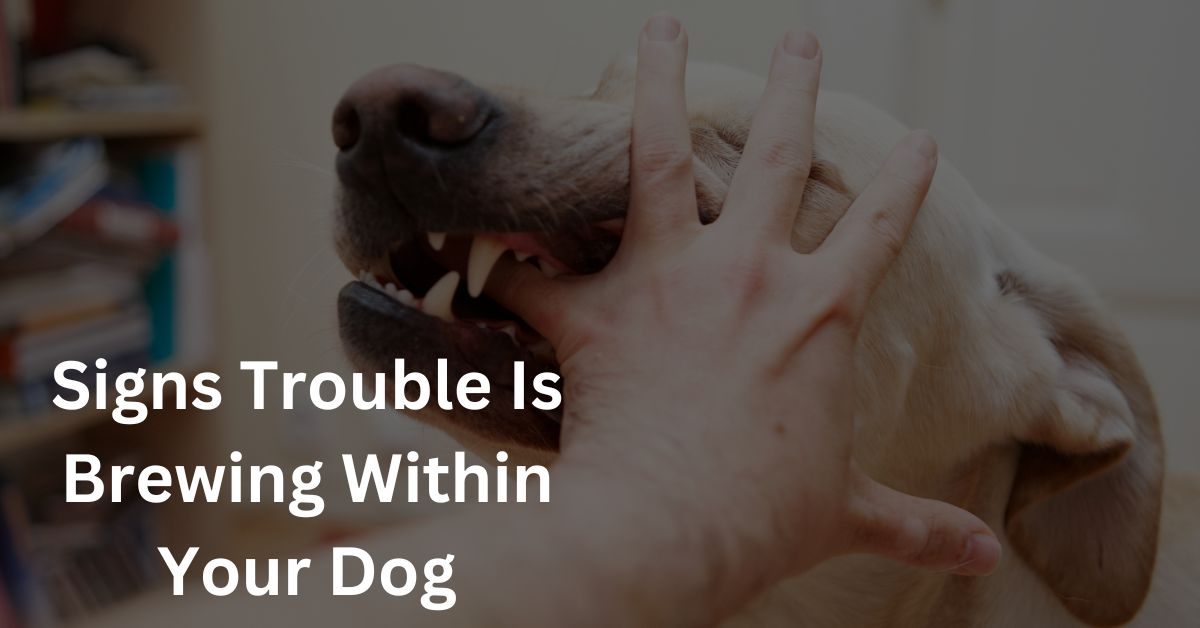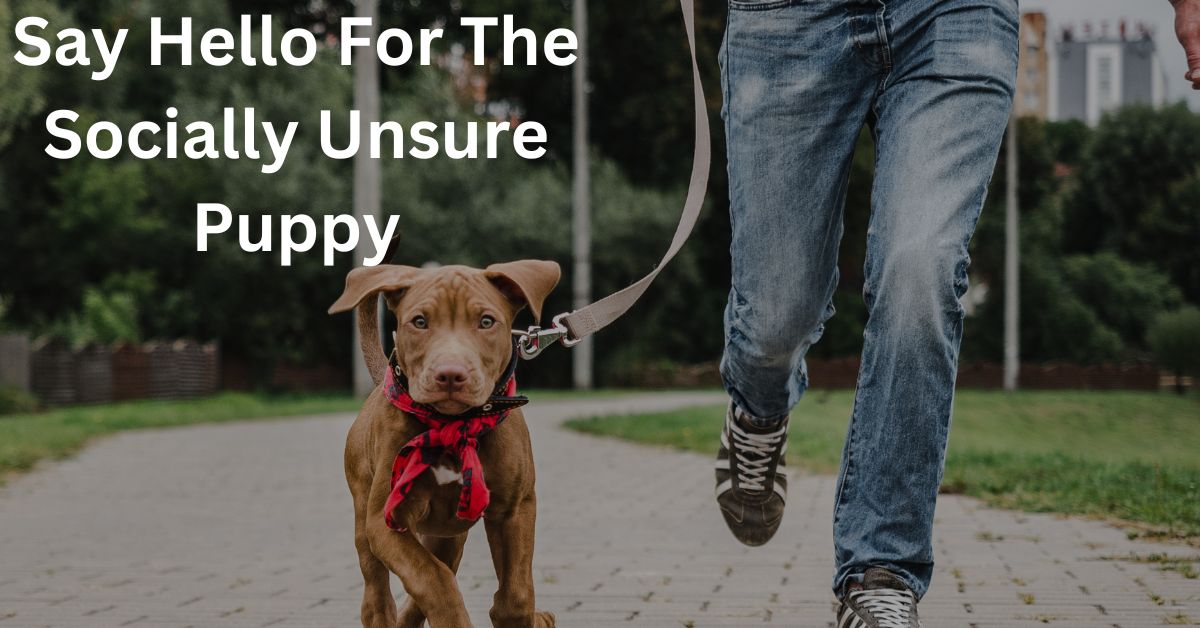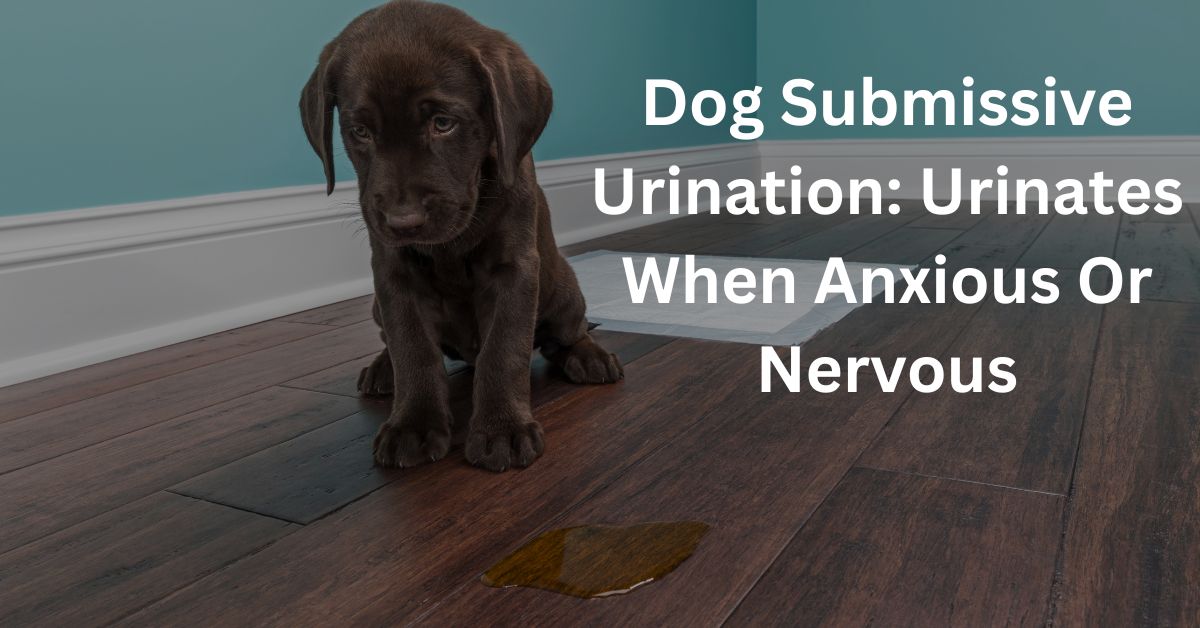Is your furry friend constantly eyeing your delicious slice of bread? While it’s natural for us to want to share our meals with our beloved pets, it’s important to note that not all human foods are safe for dogs.
Dogs can eat bread in moderation, but be cautious of allergies and weight gain due to carbohydrates. Stick to whole grain or wheat-free varieties, and avoid harmful toppings.
This informative article will answer the question “Can Dogs Eat Bread?” and will guide you through everything you need to know about feeding bread to dogs – from potential health benefits and risks, types that should be avoided, serving suggestions, and healthier alternatives.
Don’t miss out; your dog’s well-being could depend on this vital information!

Is Bread Safe for Dogs?
Bread can be safe for dogs if fed in moderation. However, certain types of bread should be avoided.
Moderation is vital
Consuming too much bread can cause issues for your dog. Bread should be an occasional treat, not a central part of their diet. Your dog’s meals must have other foods that are more nutrient-rich.
Also, bloating in dogs can happen if they eat a lot of bread at once. This condition is risky and could lead to death. So it’s best to keep the bread bits small and rare for your furry friend!
Types of bread to avoid
Dogs should not eat all types of bread. Some are not good for them. Here are the types you should avoid:
- Bread with yeast: This can make dogs sick.
- Buttered bread: It can lead to weight gain in dogs.
- Bread that has ingredients your dog is allergic to.
- Bread with nuts, seeds, or raisins (toxic to dogs) can hurt a dog’s stomach.
- Sweetbreads: These have too much sugar for dogs.
Risks of feeding bread dough
Bread dough is not safe for dogs. The yeast in the dough can cause trouble, and the dough will continue to rise inside the dog’s tummy. This may lead to issues that are hard for your dog to handle.
The Merck Veterinary Manual lists bread dough as a toxic food for dogs. Eating this raw dough can impact your dog’s health badly. Discomfort, indigestion, or blockage could happen if they eat it.
Dogs eating lots of bread can face another risk: gaining weight due to its high carbs content! Obese dogs are more likely to suffer from health issues than dogs of a healthy weight for their breed.
Health Benefits of Bread for Dogs
Small pieces of bread can potentially help with upset stomachs. But it should not replace a visit to the vet if you have concerns, and only be an occasional treat for your dog.
Source of carbohydrates and fiber
Although bread can be a good source of carbohydrates and fiber for humans, carbohydrates provide energy, while fiber helps with digestion. Whole wheat or whole grain breads are especially beneficial as they contain essential nutrients and high fiber content. This is also true for bread for your dog.
However, it’s important to remember that bread should be given in moderation to dogs. While bread can sometimes help with upset stomachs, it shouldn’t be the primary source of nutrition for dogs.
Provides energy
While bread can be a good way to provide dogs with a quick burst of energy when needed, it’s essential to remember that balanced dog food and healthy treats should still be the mainstay of their diet.
Can help with upset stomachs
Plain white bread can be beneficial for dogs with upset stomachs. The carbohydrates in the bread help absorb excess acid in the stomach, which can soothe digestive discomfort. However, it’s important to note that feeding bread to dogs with an upset stomach is not recommended as a long-term solution.
A bland diet like rice is generally more suitable for settling a dog’s stomach and should be preferred over bread. Bread can be difficult for dogs to digest and may worsen their digestive issues.

Serving Bread to Dogs
When serving bread to dogs, choosing plain bread without any toppings or seasonings is essential. The portions should be small and closely monitored for any adverse reactions. To learn more about the safe ways to feed bread to your furry companion, read on.
Plain and without toppings
Plain bread without added ingredients like nuts is generally safe for dogs to eat in small amounts. Dogs can enjoy plain white or wheat bread as a treat, but it should be fed to them in moderation and only occasionally.
Stale bread, without extra additions or toppings, is usually edible for dogs and can be given as a snack. Remember to keep the portions small and watch out for any adverse reactions.
Size of portions
The amount of bread a dog should eat depends on its size and breed. It’s essential to control the portions to prevent weight gain and obesity in dogs. Bread should not be part of the overall diet for your dog and should only be an occasional treat.
Monitoring the amount of bread crust consumed is essential for maintaining a healthy canine diet. To determine the appropriate portion size and frequency of bread feeding for your dog, it’s best to consult with a veterinarian who can provide specific dietary guidelines based on their needs and nutritional balance. However, don’t be surprised if the vet recommends not giving your dog bread!
By practicing portion control, you can ensure that your furry friend stays at a healthy weight while still enjoying an occasional treat.
Watch for any adverse reactions
Keep a close eye on your dog after they eat bread. Some dogs may react adversely to certain bread ingredients, such as wheat or gluten. These reactions can include allergies, digestive issues, or even poisoning symptoms if the bread contains harmful substances like mold or mycotoxins.
It’s also important to be aware of any potential allergic reactions if you serve your dog nuts with their bread, especially macadamia nuts which can be toxic to dogs. Pay attention to any signs of discomfort or unusual behavior and consult with your veterinarian if you notice anything concerning.
Bread Alternatives for Dogs
Several alternatives to bread can be incorporated into a dog’s diet, such as fruits and vegetables, grain-free dog treats, and homemade dog biscuits.
Fruits and vegetables
Fruits and vegetables can be a great alternative to feeding bread to dogs. Fruit and vegetables provide the following benefits:
- Vitamins
- Minerals
- Fiber
- Antioxidants
- Nutrients that can contribute to their overall health.
Safe fruits for dogs include:
- Bananas
- Strawberries
- Watermelon (without seeds)
- mangoes,
- blueberries
Safe vegetables for dogs include:
- Broccoli
- Celery
- Green beans
- Cauliflower
- Lettuce
- Carrots
- Bell peppers (no seeds)
- Zucchini
Not only are these fruits and vegetables nutritious for dogs, but they can also serve as delicious treats that your furry friend will enjoy!
Grain-free dog treats
Grain-free dog treats are a type of food that doesn’t have any grains in it. These treats are made with ingredients like meat, vegetables, and fruits instead. Some people choose grain-free treats for their dogs because they believe that grains can cause inflammation or other health issues in dogs.
However, it’s important to note that the FDA has warned about potential risks associated with grain-free diets and heart disease in dogs. While research on this topic is ongoing, you must consult your veterinarian before changing your dog’s diet.
Homemade dog biscuits
Homemade dog biscuits are a great alternative to store-bought treats because they contain fewer preservatives, fats, and chemicals. These natural dog biscuits can be freshly made using safe ingredients that provide nutritional benefits for dogs.
However, it’s important to remember that not all homemade dog treat ingredients are safe for dogs. Some ingredients, like chocolate or xylitol, can be dangerous to their health. So when making homemade pet snacks, it’s crucial to use safe dog treat ingredients and avoid potential risks.
Making your own DIY dog treats ensures your furry friend gets healthy and tasty snacks without harmful additives.
Frequently Asked Questions
Is it safe for dogs to eat bread?
Yes, in moderation. Plain, cooked bread without added ingredients like onions can be given to dogs as an occasional treat.
Can bread be harmful to dogs?
Yes, certain types of bread can be harmful to dogs. Bread with added ingredients like raisins, garlic, or onions can be toxic and should never be fed to dogs.
How much bread can I give my dog?
Giving your dog small amounts of plain, cooked bread as a treat rather than a regular part of their diet is best. Too much bread can lead to weight gain and digestive issues.
Are there any alternatives to feeding my dog bread?
Yes, there are plenty of other healthy treats you can give your dog instead of bread. Some options include carrots, apple slices, or specially formulated dog treats that are safe for consumption.
Final thoughts
Bread may not be the best choice for dogs. While plain bread in moderation is generally safe, certain types of bread can be harmful to dogs. It’s important to avoid giving them bread with toxic ingredients and to watch for any adverse reactions.
Instead, consider offering your dog healthier alternatives like fruits, vegetables, or dog treats made explicitly for their dietary needs.
Before You Go
You will find these articles helpful if you want to discover which other types of grains your dog can eat.




Leave a Reply